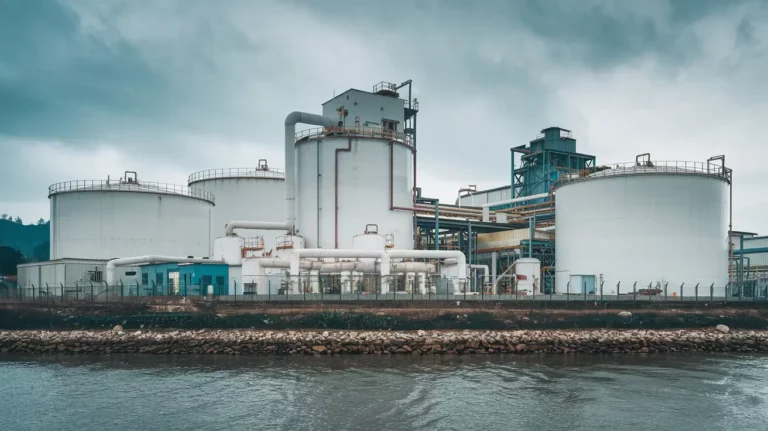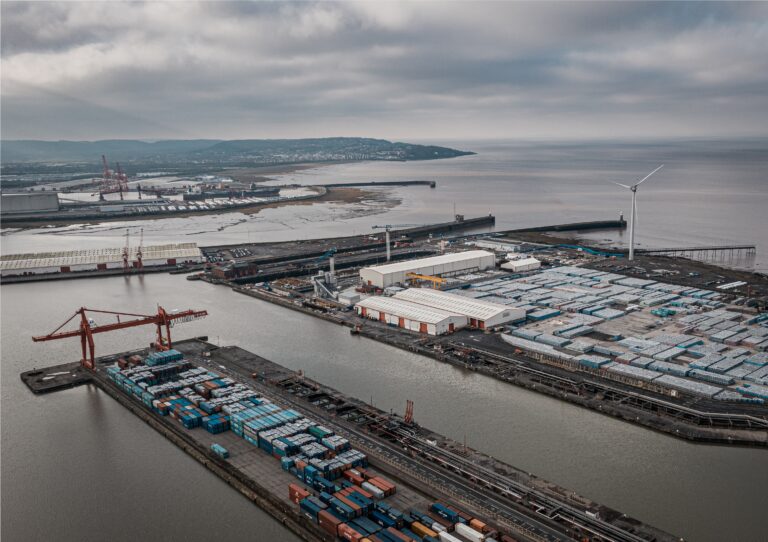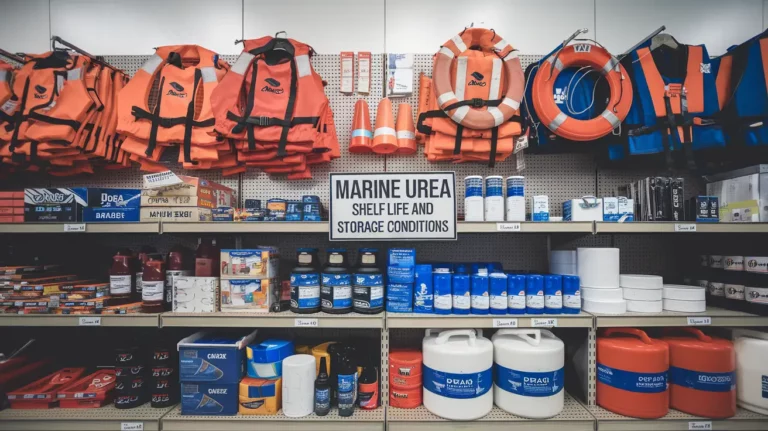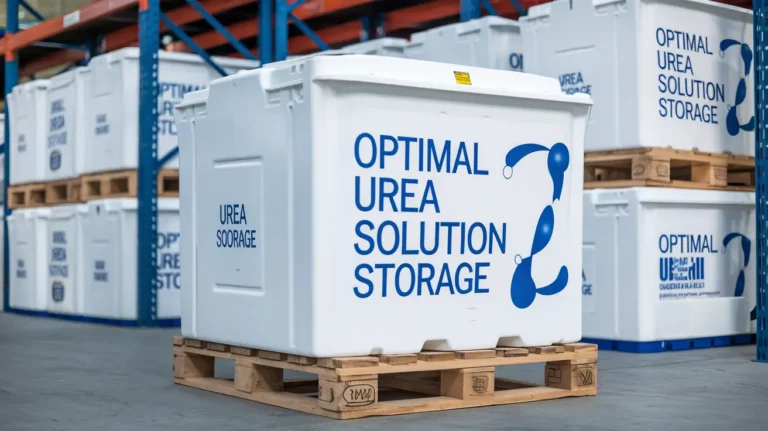Understanding AUS40 Behaviour and Storage
Sail Smoothly with Marine Urea: Will AUS40 freeze onboard?
In the quest for greener and more sustainable maritime practices, marine urea solutions have become increasingly prevalent. AUS40 (aqueous urea solution) is a commonly used marine urea solution that serves as a reduction agent in Selective Catalytic Reduction (SCR) converters, effectively controlling nitrogen oxide (NOx) emissions from marine vessels. However, understanding the behaviour and storage requirements of AUS40 is crucial to ensure smooth sailing and optimal performance.
One question that often arises is whether AUS40 is susceptible to freezing onboard. In this article, we will explore AUS40’s behaviour, and storage considerations, and address the freezing concern.
Understanding AUS40 Composition and Behavior
Let’s first delve into its composition to comprehend AUS40’s behaviour and storage requirements. AUS40 is a precisely formulated solution that comprises high-purity urea dissolved in demineralized water. The urea concentration in AUS40 typically ranges from 31.8% to 40% by weight, with the remaining portion consisting of water. This specific composition ensures the effectiveness of AUS40 in reducing NOx emissions in SCR systems.
AUS40 exhibits some unique characteristics that are important to consider:
Freezing Point: AUS40 has a freezing point of approximately -11°C (12°F). This means it begins to freeze and form ice crystals below -11°C (12°F).
Viscosity: AUS40 has a higher viscosity than water, which affects its flow characteristics. The increased viscosity can impact pumping and distribution systems, particularly at low temperatures.
Storage Considerations for AUS40
Proper storage is essential to maintain the quality and effectiveness of AUS40. Here are some key considerations when it comes to storing AUS40 onboard:
Temperature Control: AUS40 should be stored in a controlled environment to prevent exposure to extreme temperatures. Ideally, the storage temperature should be maintained above the freezing point of -11°C (12°F) to avoid any risk of freezing.
Heating Systems: To ensure AUS40 remains in a liquid state and prevents freezing, onboard heating systems can be utilized in storage areas or tanks. These systems help maintain the temperature above freezing, ensuring AUS40’s integrity.
Insulation: Insulating storage tanks and pipelines can help minimize heat loss and maintain the desired temperature. Insulation acts as a protective barrier, reducing the impact of external temperature fluctuations.
Monitoring and Alarms: Implementing temperature monitoring systems and alarms can provide early warning signs of temperature deviations. These systems enable proactive measures to prevent freezing or excessive temperature variations.
Compliance with Regulations: It is important to comply with relevant regulations and guidelines for storing and handling AUS40. Adhering to industry standards ensures safety, environmental compliance, and efficient operations.
Addressing the Freezing Concern
Given AUS40’s freezing point of -11°C (12°F), it is natural to question whether it will freeze onboard. However, with proper storage practices and temperature control measures, the risk of AUS40 freezing can be mitigated effectively. By maintaining storage temperatures above the freezing point, using heating systems, and employing insulation, shipowners and operators can ensure AUS40 remains liquid throughout its storage and usage onboard.
It is worth noting that freezing AUS40 does not render it unusable. Once thawed, AUS40 can regain its original properties and effectiveness. However, the freezing and subsequent thawing may require additional measures and time to restore the solution to its optimal state.
Consulting Industry Experts and Suppliers
To ensure proper handling and storage of AUS40, it is advisable to seek guidance from industry experts and suppliers. They possess extensive knowledge and experience in dealing with marine urea solutions and can provide valuable insights on best practices, storage requirements, and compliance with regulations.
Understanding the behaviour and storage requirements of AUS40 is crucial for smooth sailing and optimal performance of marine vessels. While AUS40 does have a freezing point of -11°C (12°F), proper storage practices, including temperature control, heating systems, insulation, and compliance with regulations, can effectively prevent freezing and maintain AUS40’s integrity.
By implementing these measures and seeking guidance from industry experts, shipowners and operators can navigate the challenges associated with AUS40 storage and ensure its efficacy in reducing NOx emissions. With proper care and attention, AUS40 can continue to play a vital role in promoting greener and more sustainable maritime practices.




